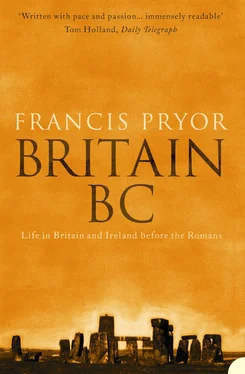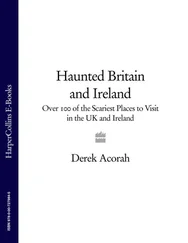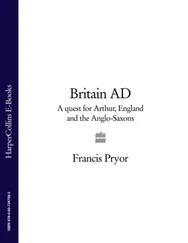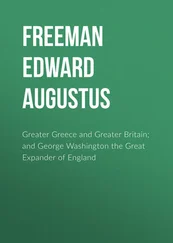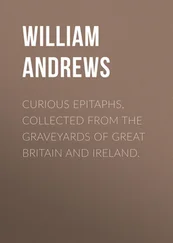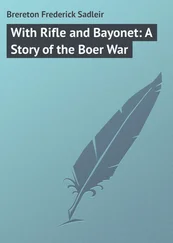This brings me to the question of population in the Mesolithic period. It will, of course, always be difficult to estimate prehistoric populations, simply because the basic data – the sites and finds – which one has to use are constantly changing. This does not mean that one shouldn’t make the effort. One particularly well-thought-out attempt to chart population trends in postglacial Britain (excluding Ireland) was made by Christopher Smith in 1992. 32 He based his calculations not on individual sites, but on the evidence provided by ten-by-ten-kilometre squares, reasoning that in highly mobile societies simply counting sites was probably going to involve a great deal of replication and distortion, because the same band of people would have occupied more than one in a single season, while an area as large as a hundred square kilometres would probably contain all the seasonal stopping-off points of a single group. It may be easy to suggest pitfalls in this hypothesis, but then, it’s very much harder to come up with anything better. So I’m happy to stay with it.
Smith’s paper was principally concerned with the rate at which population growth happened. He notes a steadily rising British population in the centuries before the Loch Lomond cold episode, then retreat, followed by growth leading to rapid growth thereafter. By 5000 BC he believes growth slowed down or ceased – only to pick up again, as we will shortly see, in the subsequent Neolithic period. He steers clear of actual numbers, but does commit himself to some broad estimates: 1100 to 1200 people at 9000 BC; 1200 to 2400 by 8000 BC. Then there was a period of rapid growth, leading to an estimate of 2500 to five thousand people by 7000 BC. By the end of the period (approximately 5000 BC) the range was 2750 to 5500. 33
Smith used material he assembled for his Late Stone Age Hunters of the British Isles for his paper on population, which was published in the same year (1992). As we noted earlier, in this book he stayed clear of the more usual flinty typological approach to the subject, and instead viewed the people of the Mesolithic for what they were, namely hunters. As time passed they seem to have become somewhat less mobile, and the territories each band controlled became progressively smaller – as, for example, at Morton. Perhaps this more sedentary way of life was accompanied by a slightly greater reliance on gathered and stored vegetable foods, such as hazelnuts. It’s remarkable how productive a large stand of hazelnut bushes can be. * I imagine it would not be difficult, in an unrestricted area of mature woodland, for a group of people working full-time in the autumn to fill the equivalent of several wheelbarrows with hazelnuts, which could then be stored above or below ground, in pits.
I concluded the previous chapter with Clive Gamble’s thoughts on the nature and structure of Palaeolithic society. How did British society change in the Mesolithic? The consensus of opinion would suggest that structurally it altered very little. 34 Certainly the population grew, and grew quite quickly, but there was plenty of country to absorb this expansion. In other words, people didn’t live in such close proximity that disputes and rivalry for scarce resources could give rise to social competition, which might in turn lead to the development of more formally organised, hierarchical communities.
It has been suggested that one of the signs that societies have moved beyond the simple group or band level of organisation is the appearance of cemeteries, which start to appear in the Late Mesolithic right across northern Europe, including the Baltic and Scandinavia. Cemeteries might also be taken to indicate sedentism, as they would make little sense in a highly mobile world. But for some reason they don’t appear in Britain at this time.
There are three possible reasons for this. The most obvious is that communication across the ever-wetter North Sea basin was becoming more difficult, and after 7000 BC it effectively became impossible without a sea-going boat. It could also be argued that the British Mesolithic patterns of life were admirably suited to islands with a long and intricate coastline. Societies had to remain mobile in order to exploit the seasonally available marine and land-based sources of food properly. So why change? Indeed, in coastal areas of Scotland and Ireland this pattern of living was so successful that an essentially Mesolithic way of life continued pretty well unaltered until as late as 3000 BC. 35 A third explanation, which I suspect might turn out to be the true one, is that we haven’t yet struck lucky. On the mainland of Europe, Mesolithic cemeteries tend to occur outside the areas of settlement, as indicated by scatters of flints on the ground surface. To date in Britain we’ve tended only to excavate the ground beneath flint scatters, because we know there will be something to reveal there. I think it will take an accident, or a chance find of some sort, to reveal the first hunter/gatherer cemetery.
A fine example of the developing insularity of Britain is provided by the flint implements of the time. The main series of British microliths becomes ever more reduced as time passes, and there are many types which are unique to Britain, and not commonly encountered on the mainland of Europe. As Christopher Smith remarks, ‘The initiation of the technique of making geometric microliths on narrow blades may mark the last input, of people or ideas, to Britain from the Continent until the initiation of farming over three thousand years later.’ 36
But in Ireland during the Later Mesolithic we encounter a tradition of flint implements that goes against the trend of miniaturisation entirely. These large tools, known as ‘Bann flakes’, are characteristic of so-called Larnian industries in Ireland. There’s no reason not to suppose that they were very efficient at what they were intended to do: they are made using a specialised technique of direct percussion with a hard stone hammer on a specially prepared core, and have trimmed-up indentations near the base, presumably to make mounting onto a shaft easier. But the fact remains that they fly in the face of what was happening to flint industries outside Ireland.
But why was this? The answer has to be: insularity. Ireland was separated from Britain for a sufficient length of time to allow differences to develop between the types of animals that lived on each island. Red deer, for example, had to be introduced to Ireland from England – and then of course there are those snakes that St Patrick is meant to have banished. We have seen that Ireland had to be colonised, or possibly recolonised, by boat; and as time passed the channel between Britain and Ireland grew progressively wider – in effect it developed from a strait into a sea. The Irish, as they have always done, set about solving the technological problems that confronted them in their own manner, and the result was the unique ‘Bann flake’.
In the next chapter I shall briefly describe the processes whereby Britain physically became an island. But this is a book about people, not geomorphology, and I will leave the final words on what Britain’s newly acquired insular status was to mean to the development of British society in general to someone else. They’re by Christopher Smith, whose ideas have contributed much to this chapter on the Mesolithic, and to my mind they express a recurrent theme of British history and prehistory: ‘It is characteristic of societies in large islands that have substantial populations isolated from other groups that they develop rather idiosyncratic responses to social, economic and technological issues.’
That, surely, is the story of Britain and Ireland in a nutshell.
CHAPTER FIVE DNA and the Adoption of Farming
LIKE MANY CHILDREN, I adored dinosaurs, and by the time I reached the grand old age of sixteen this fascination had evolved into a growing interest in marine biology. I don’t know why this was, because it isn’t an interest that has lasted – maybe it simply reflected the fact that I enjoyed fishing when we went to Ireland for our summer holidays. Anyhow, by great good fortune I discovered that a teacher at school was planning a trip for teams of two boys each to join the crew of a deep-sea trawler out of Grimsby, and take pot luck: some would go to the fishing grounds of north Norway and the White Sea, others would fetch up somewhere off north-east Iceland. I was assigned a berth in a ship heading for the latter.
Читать дальше
